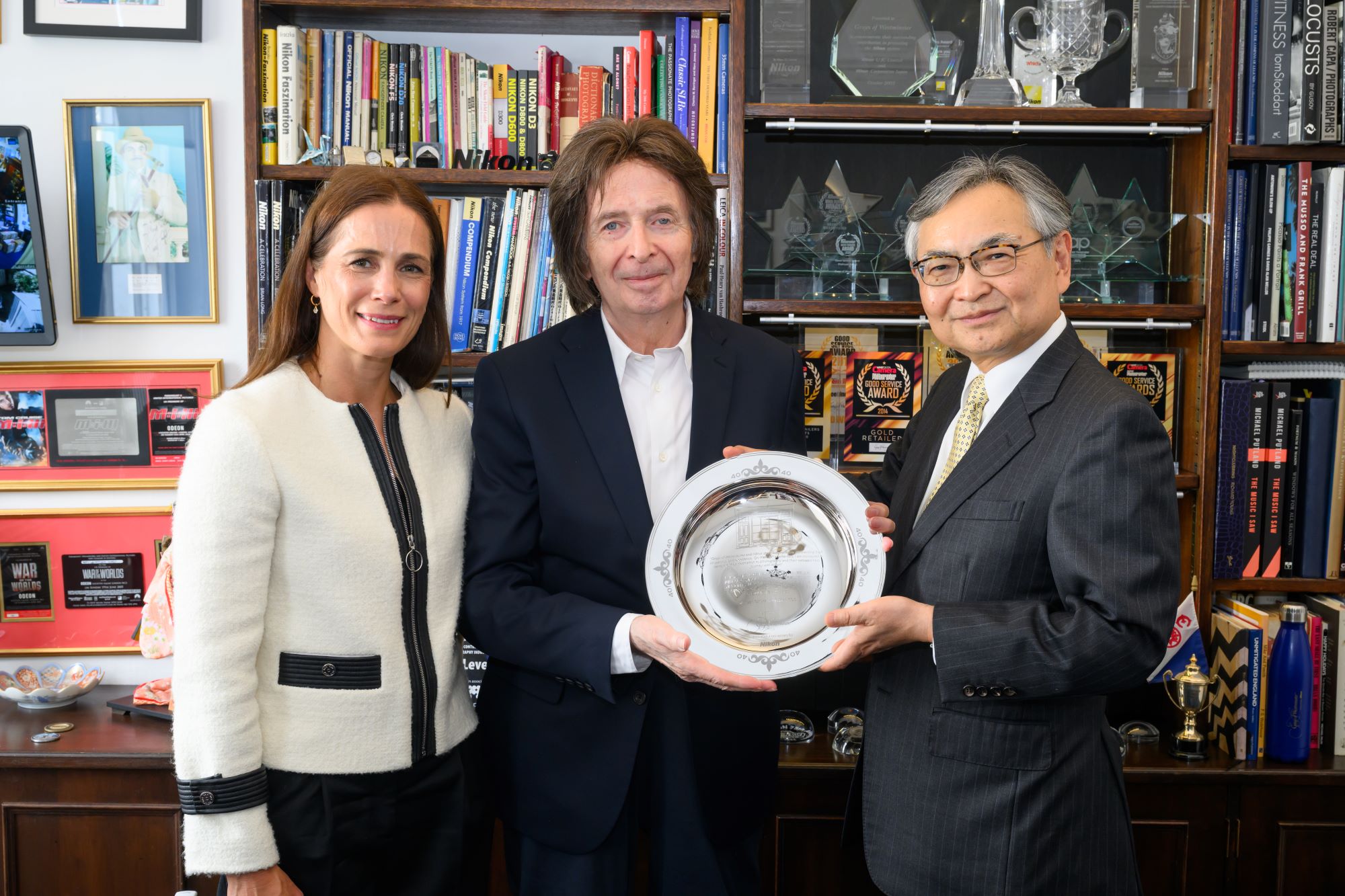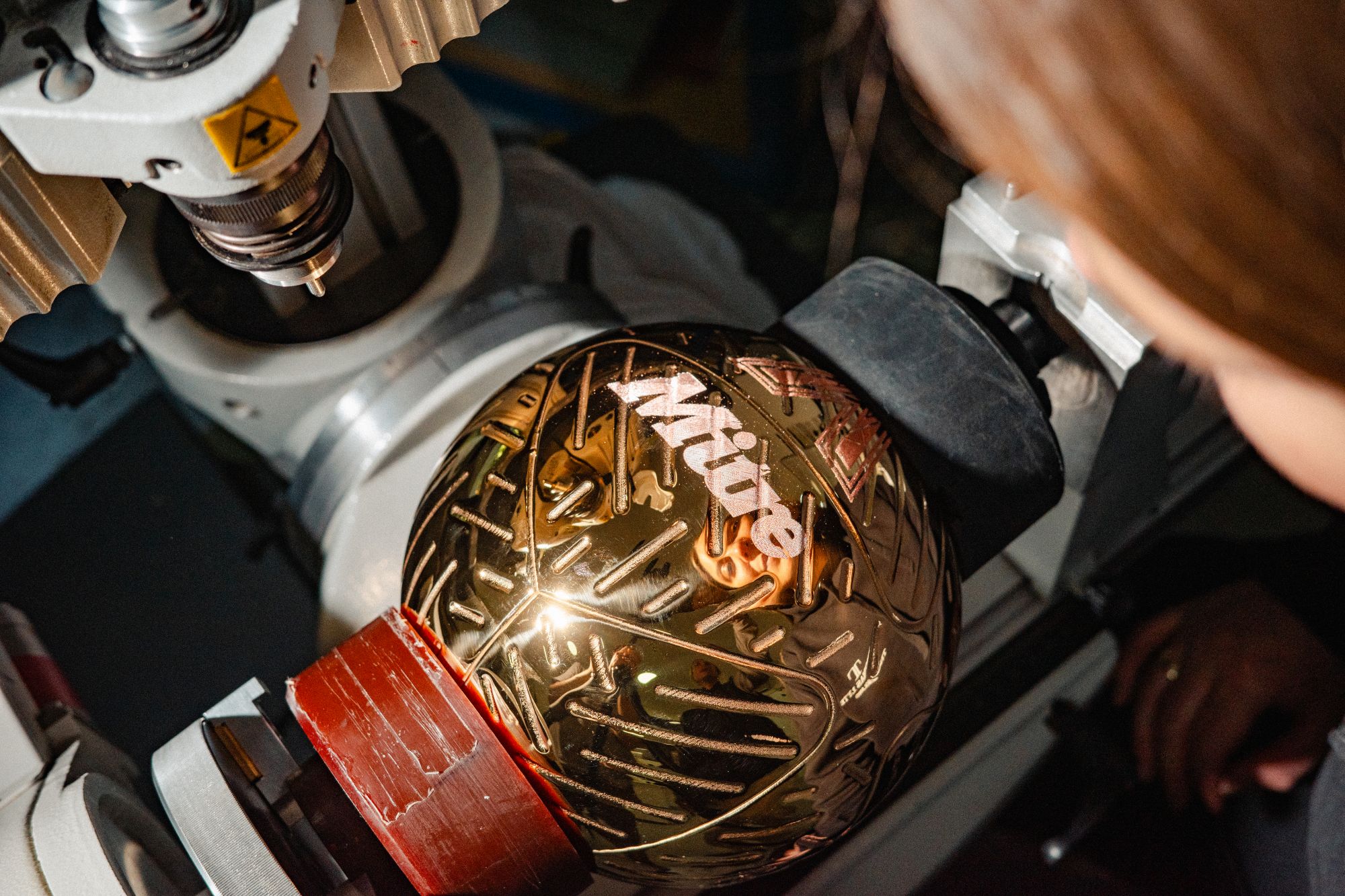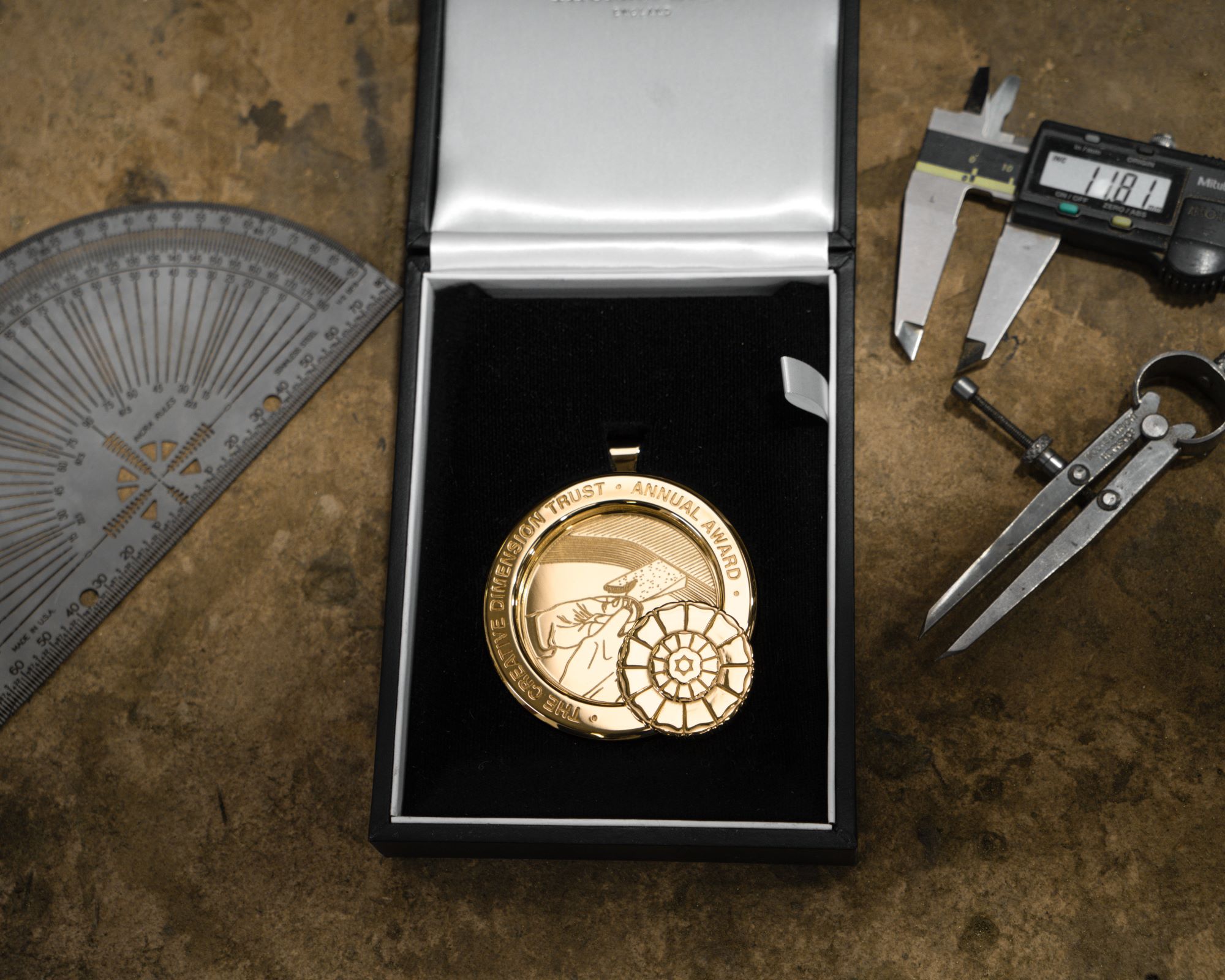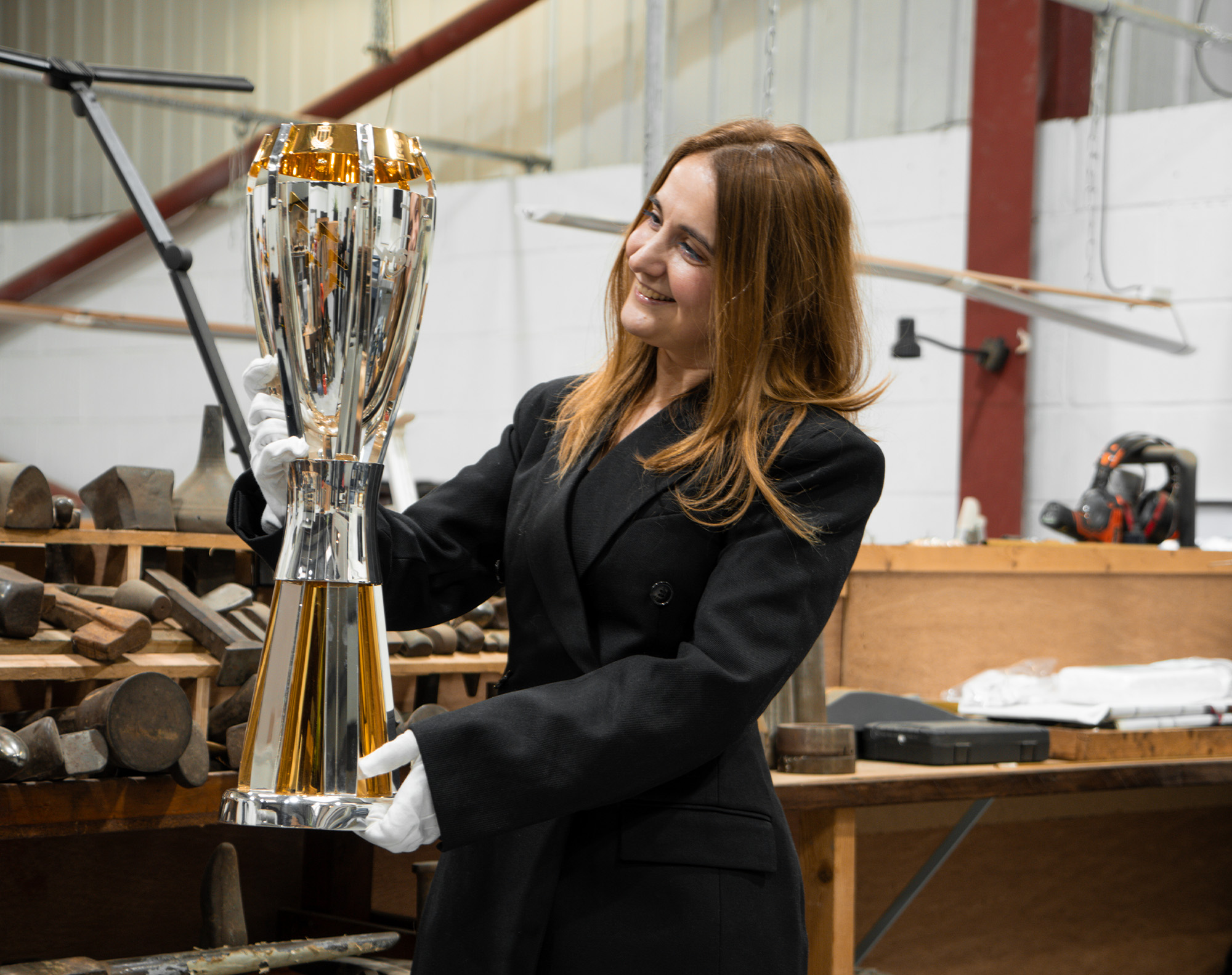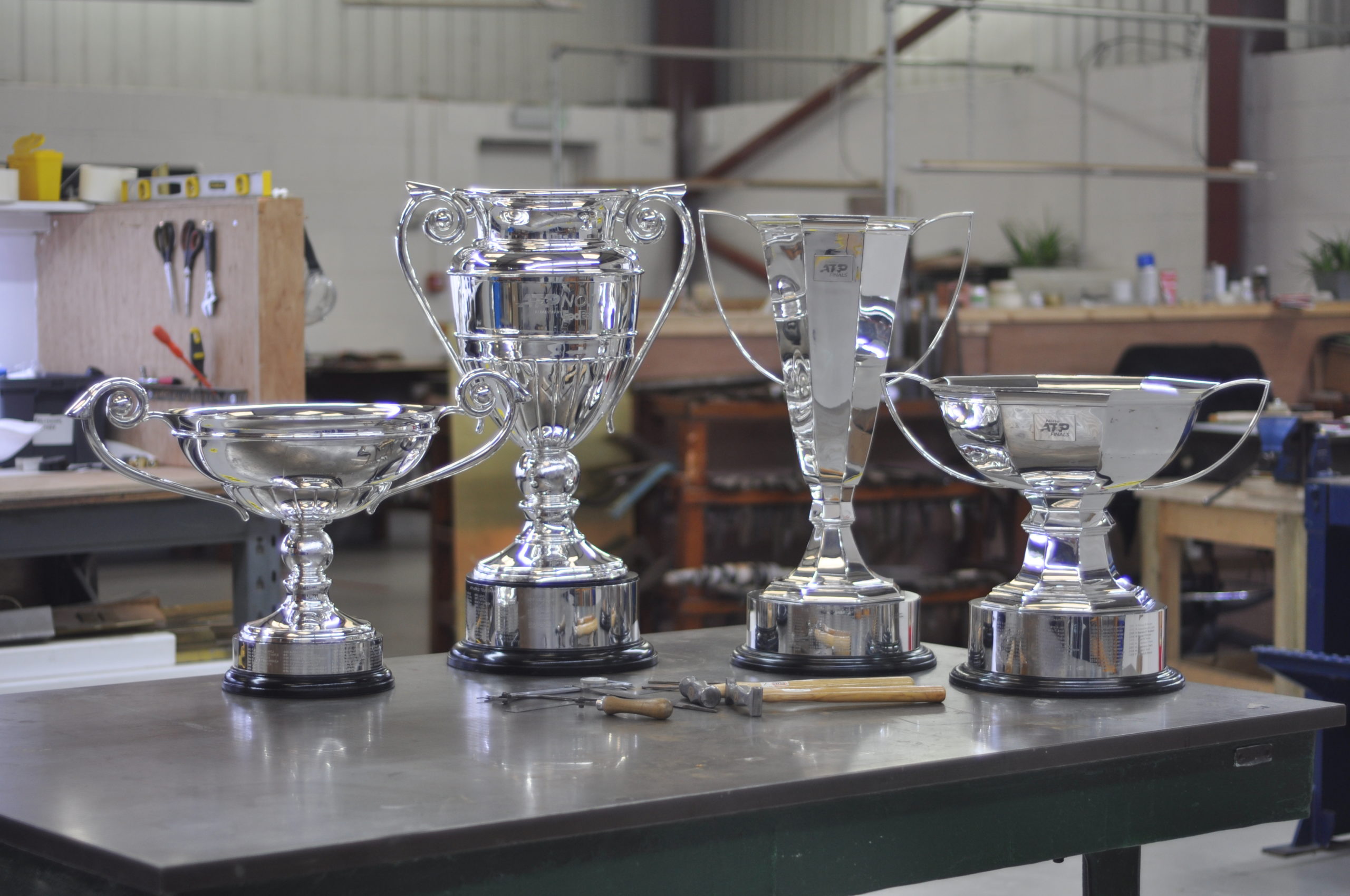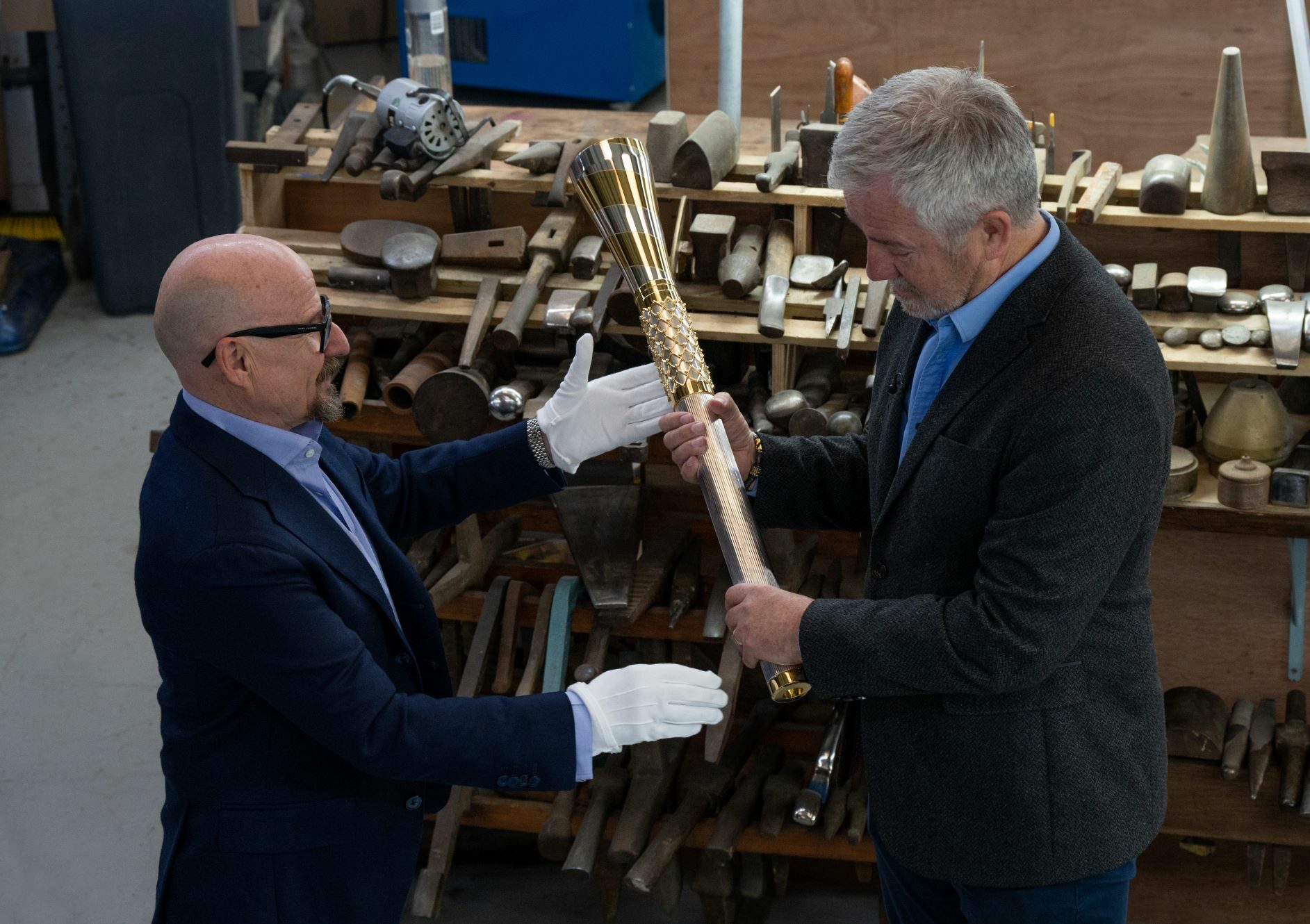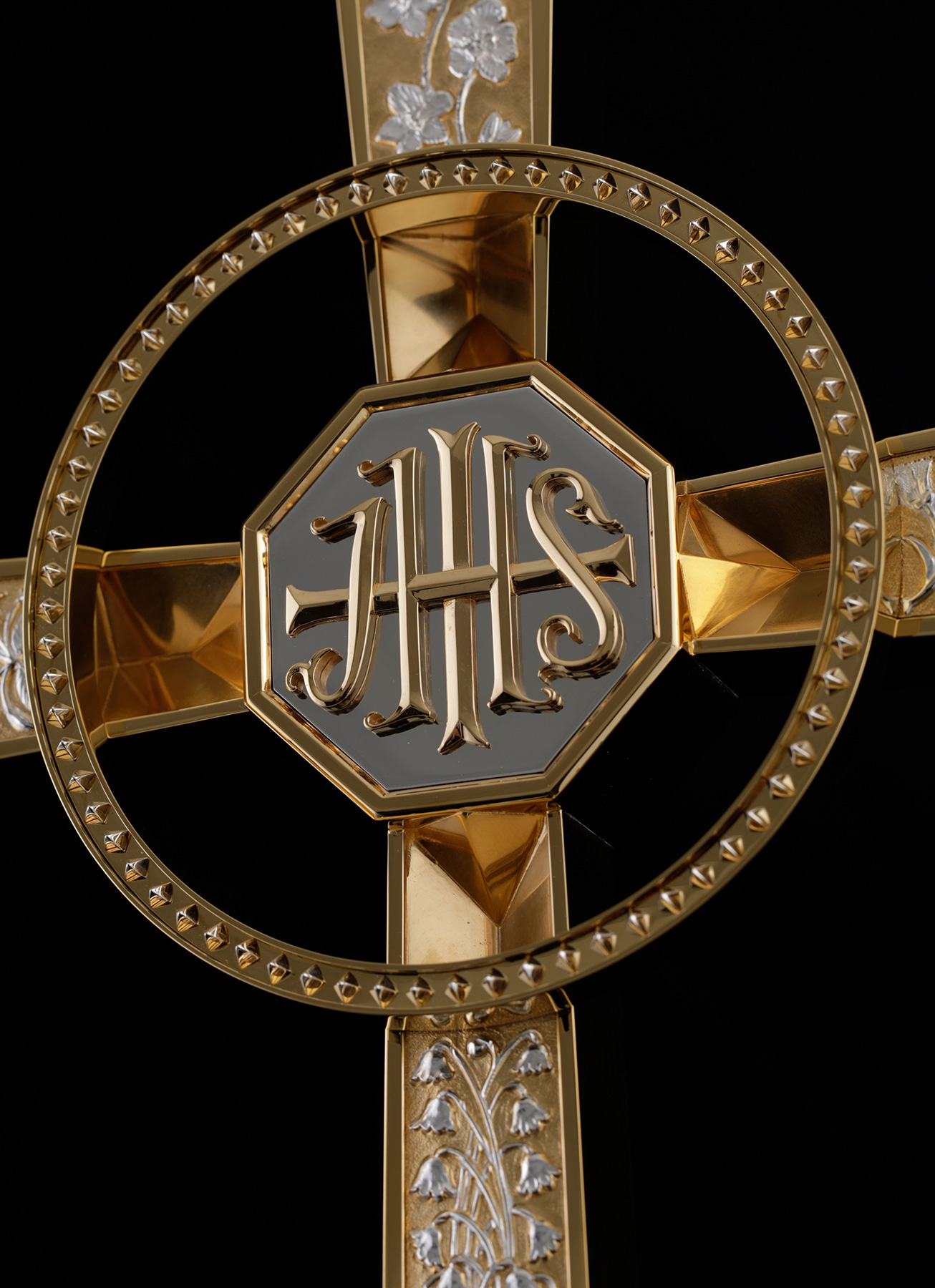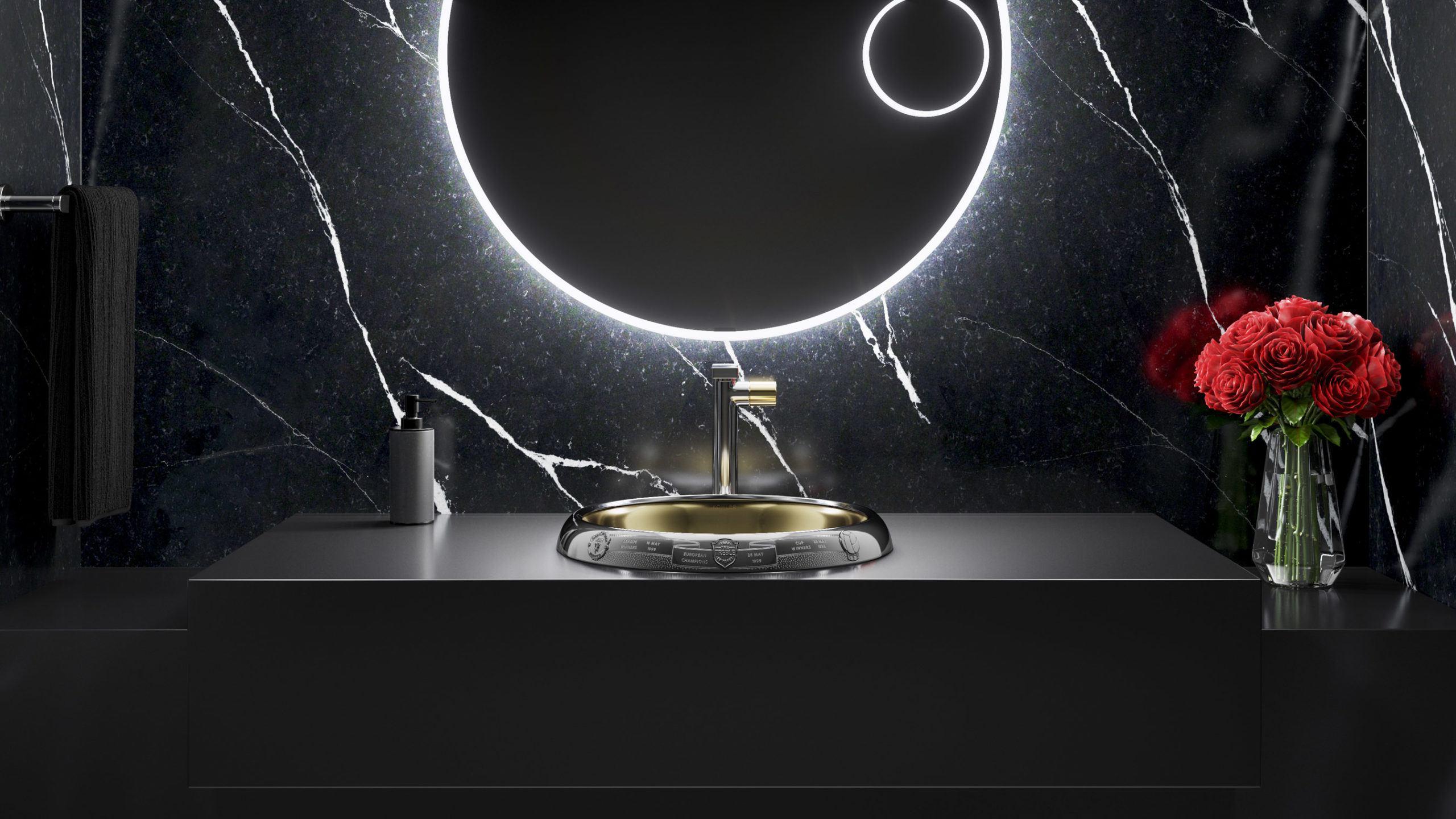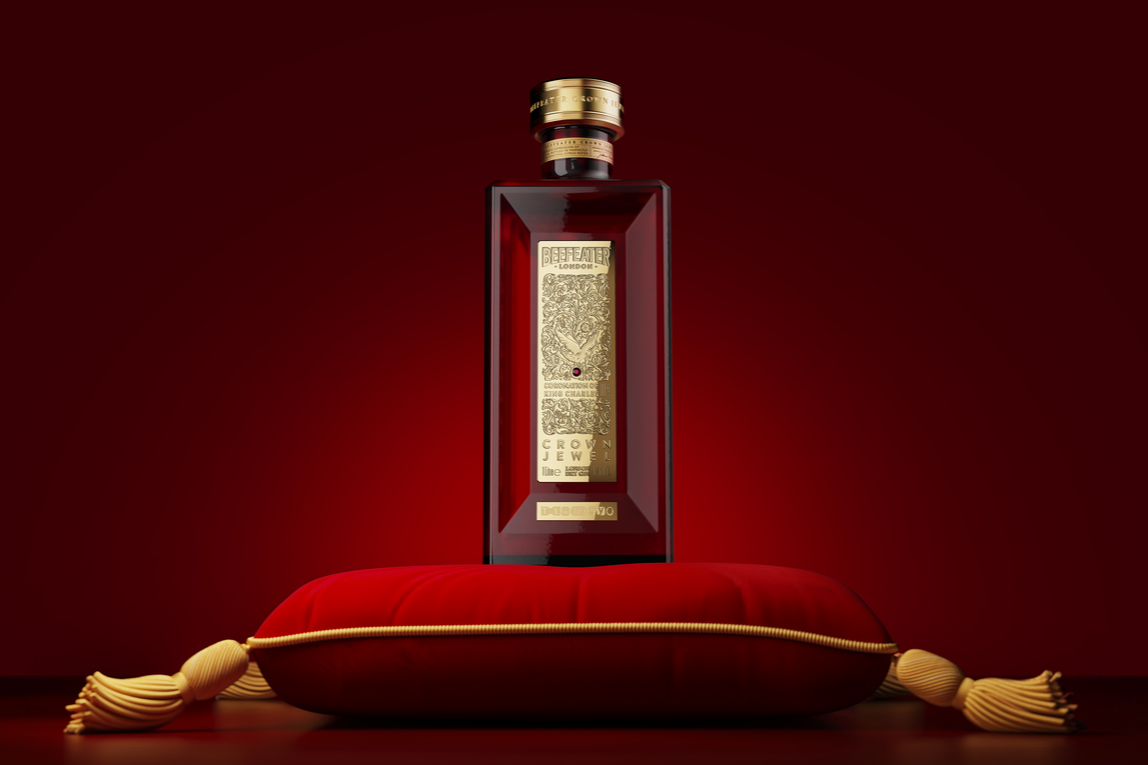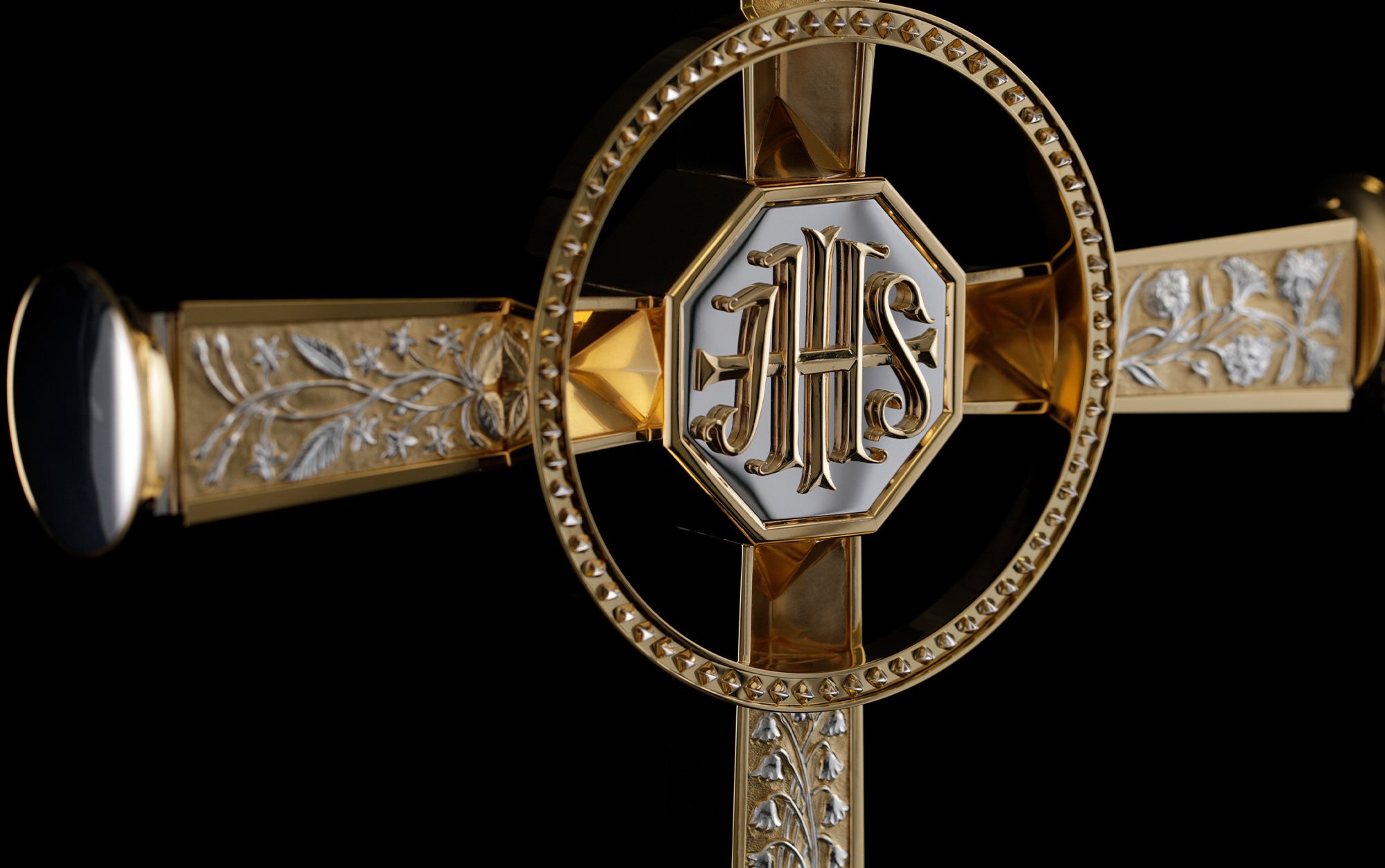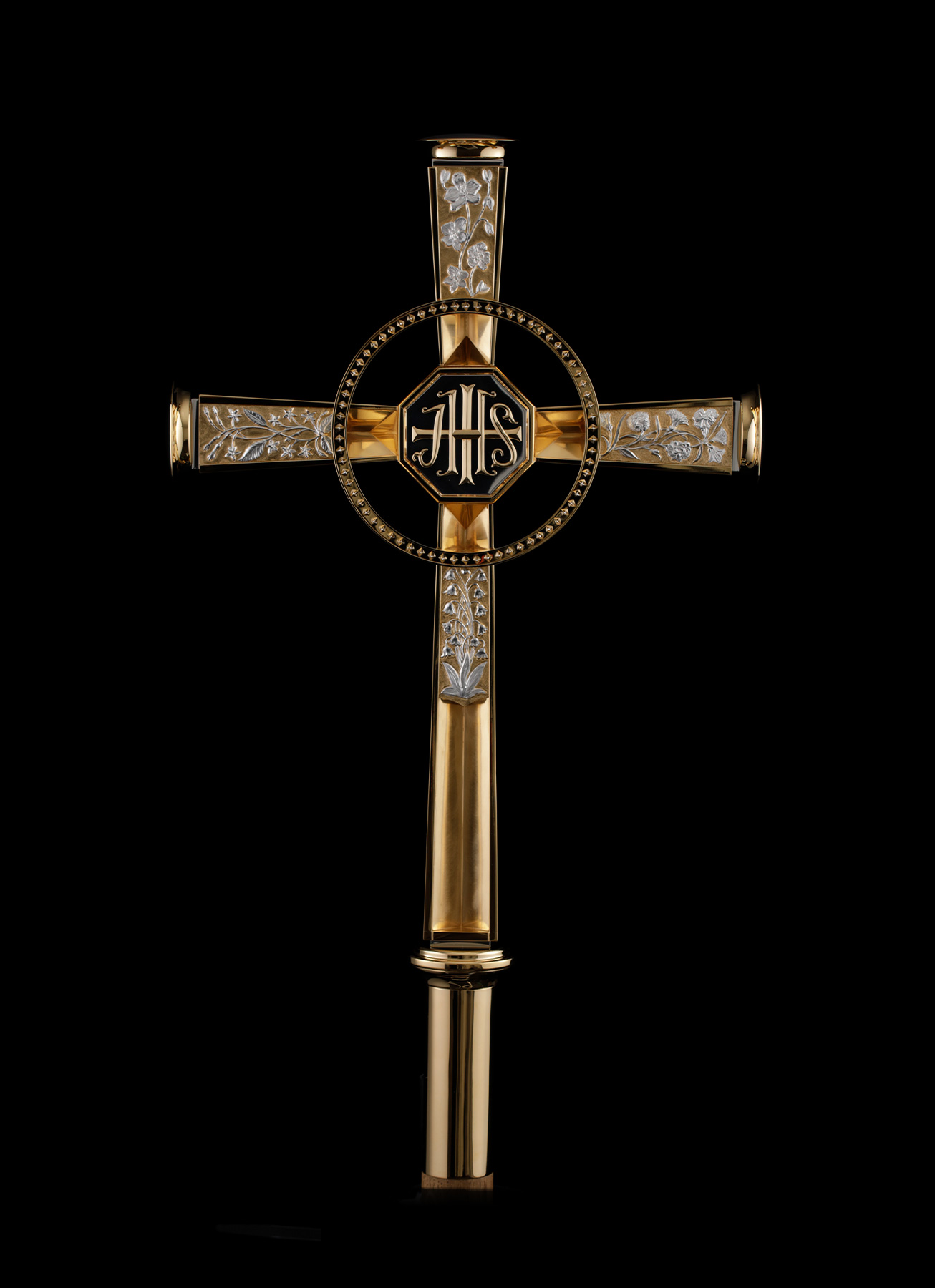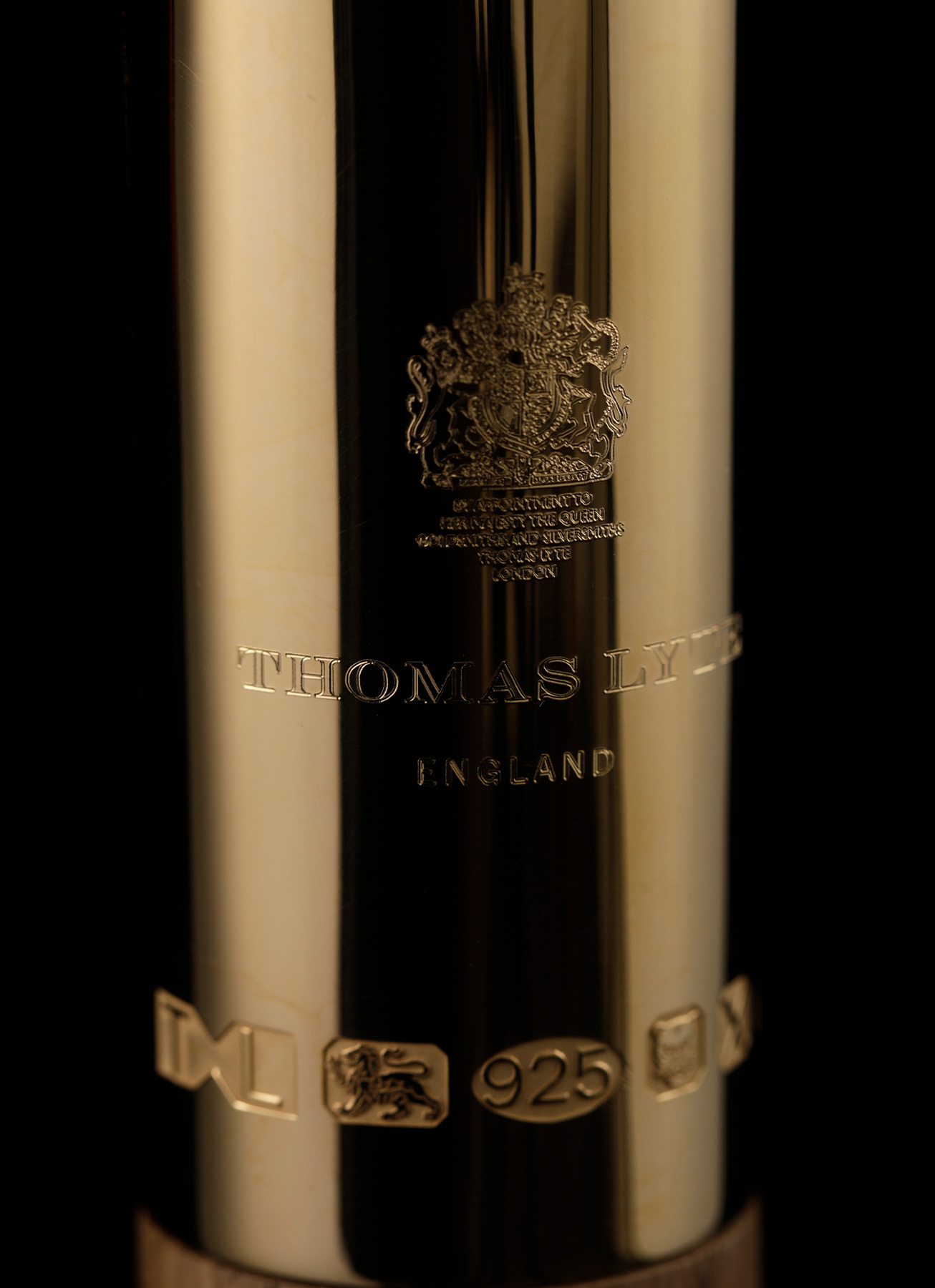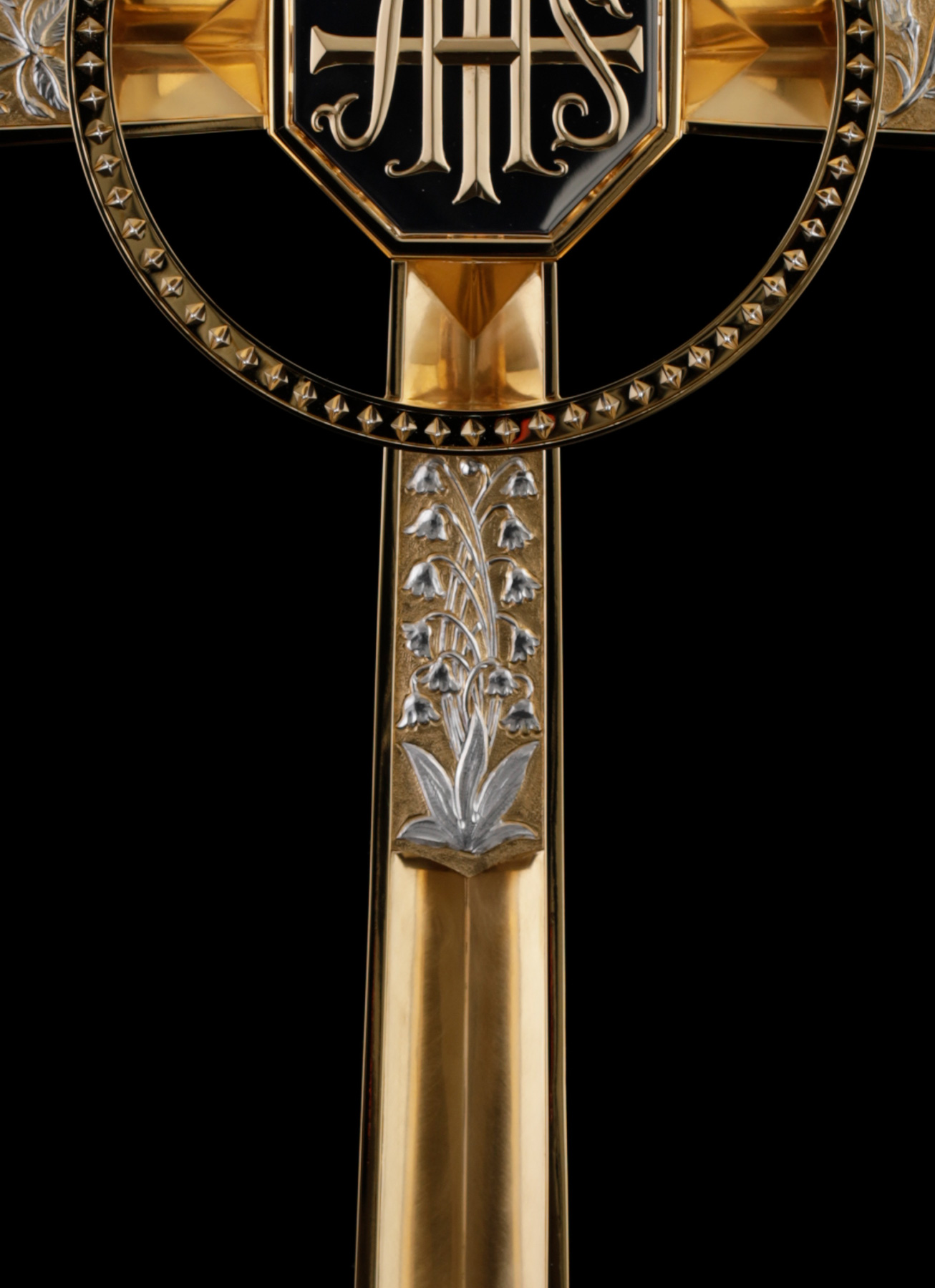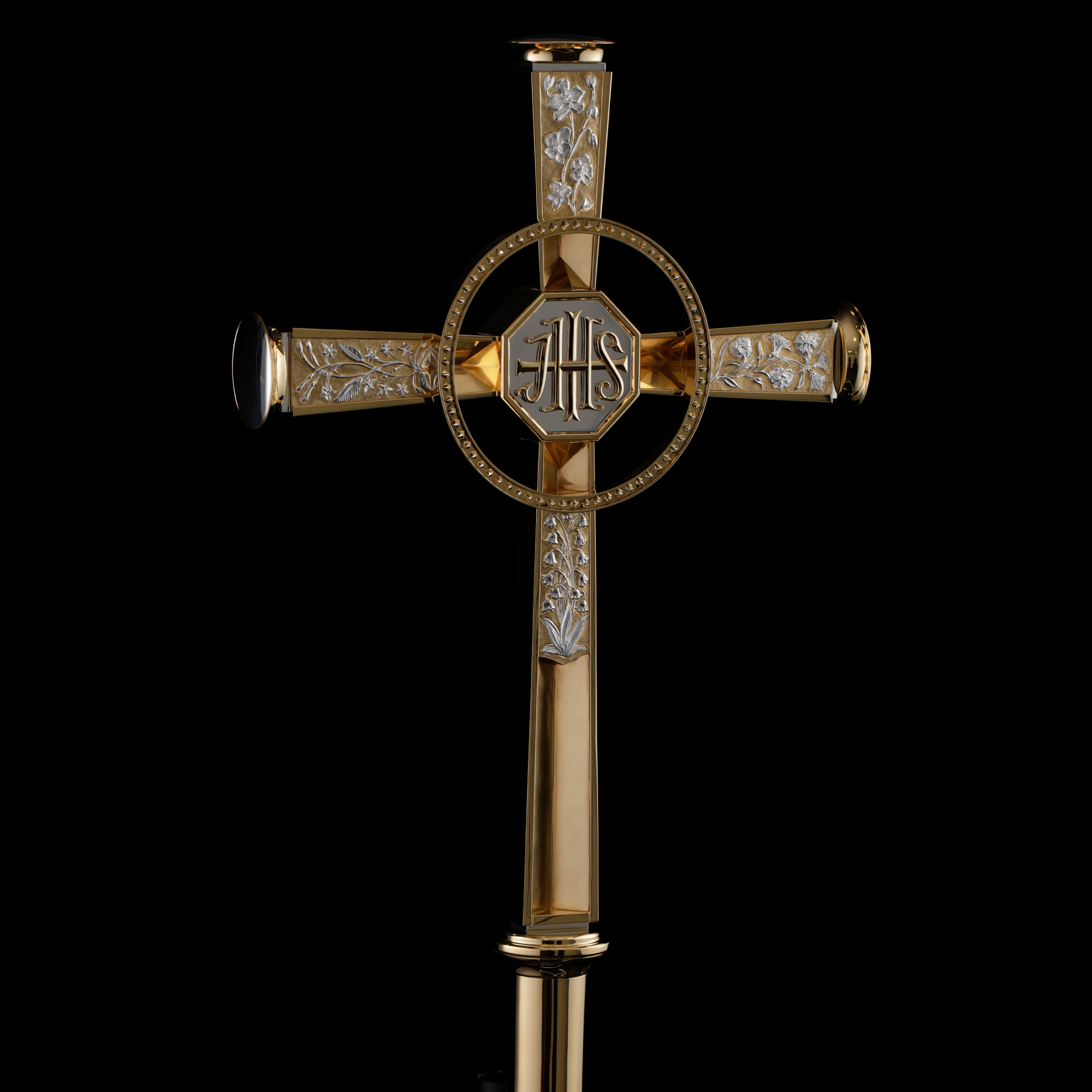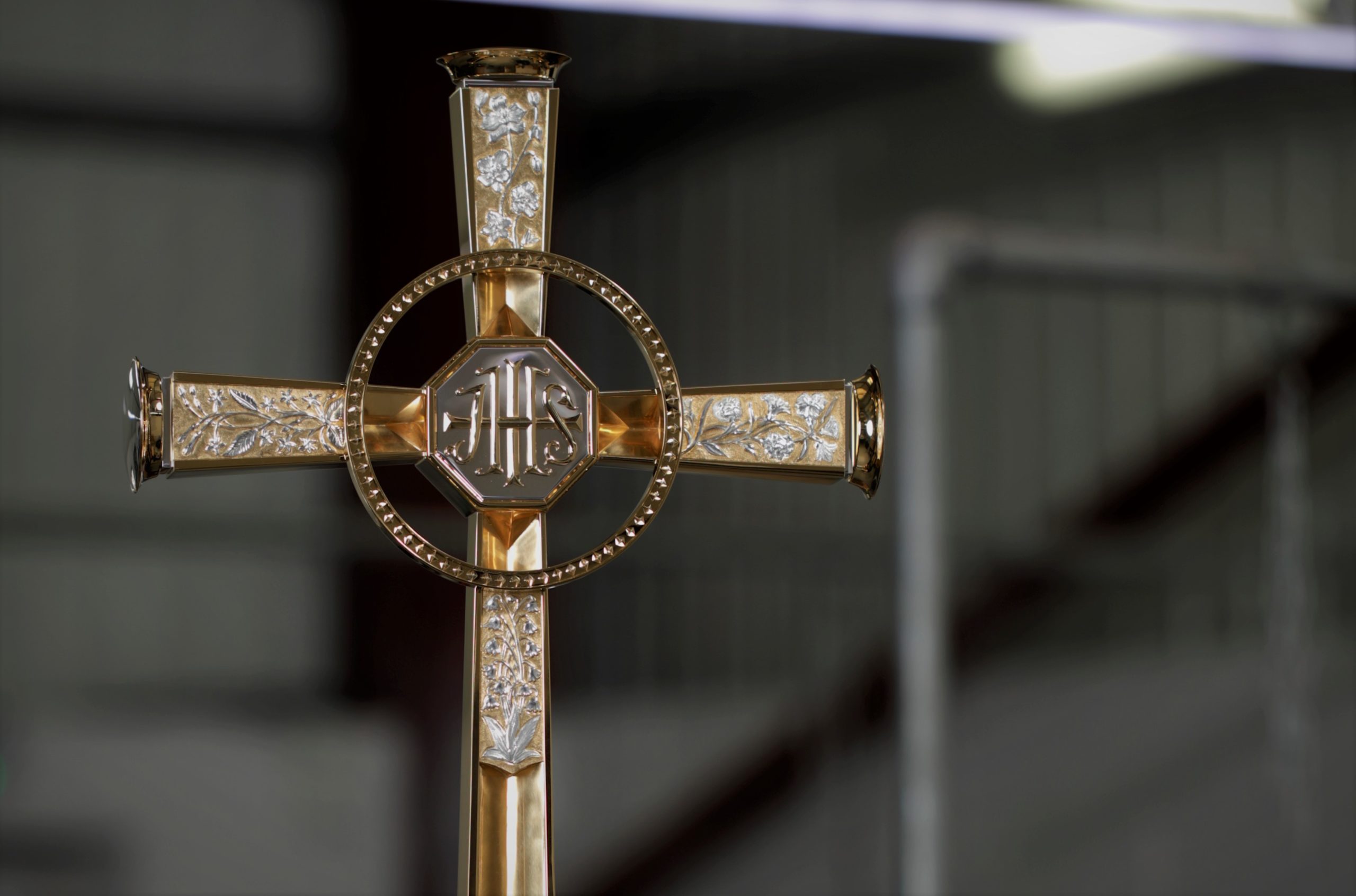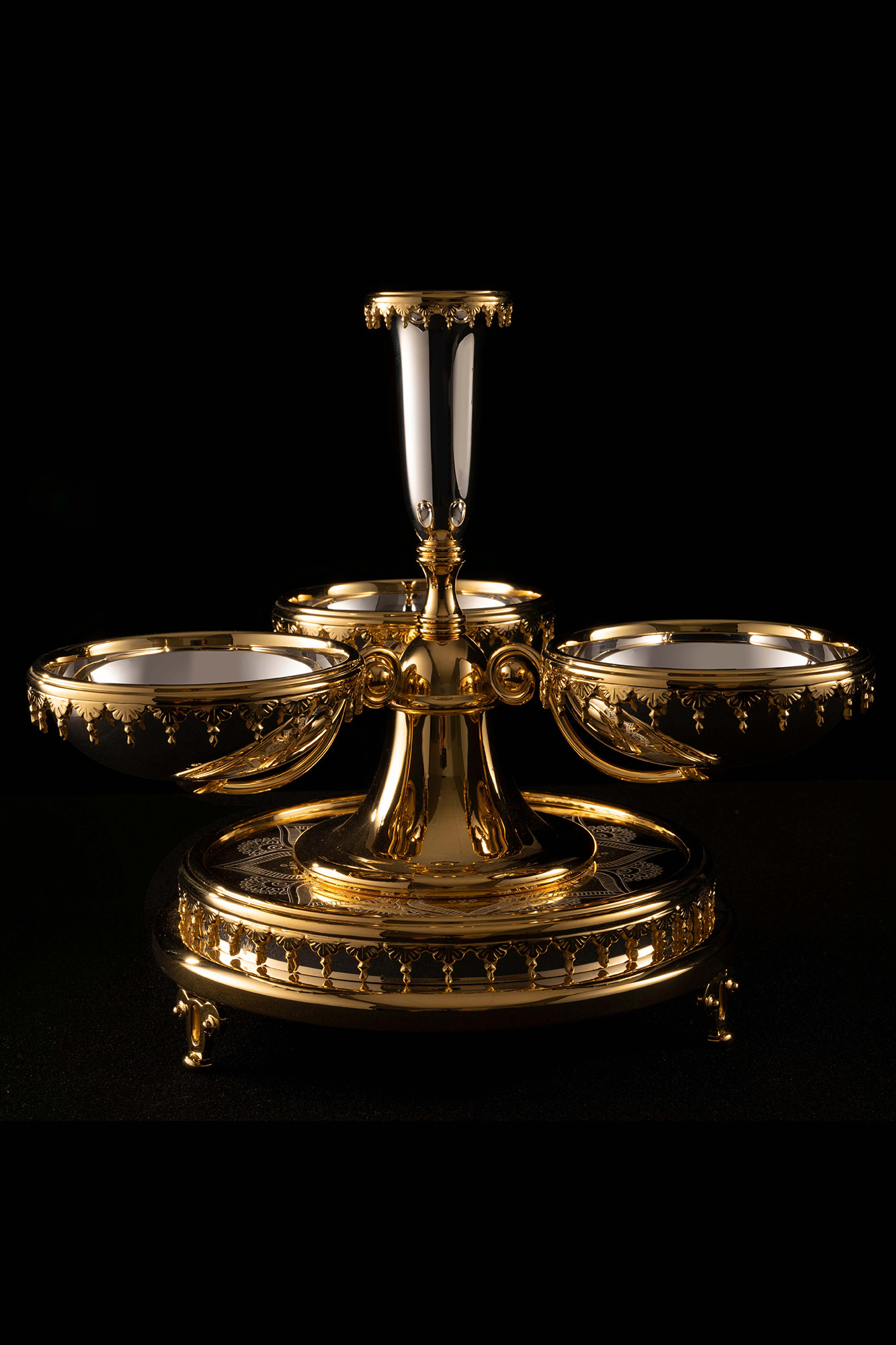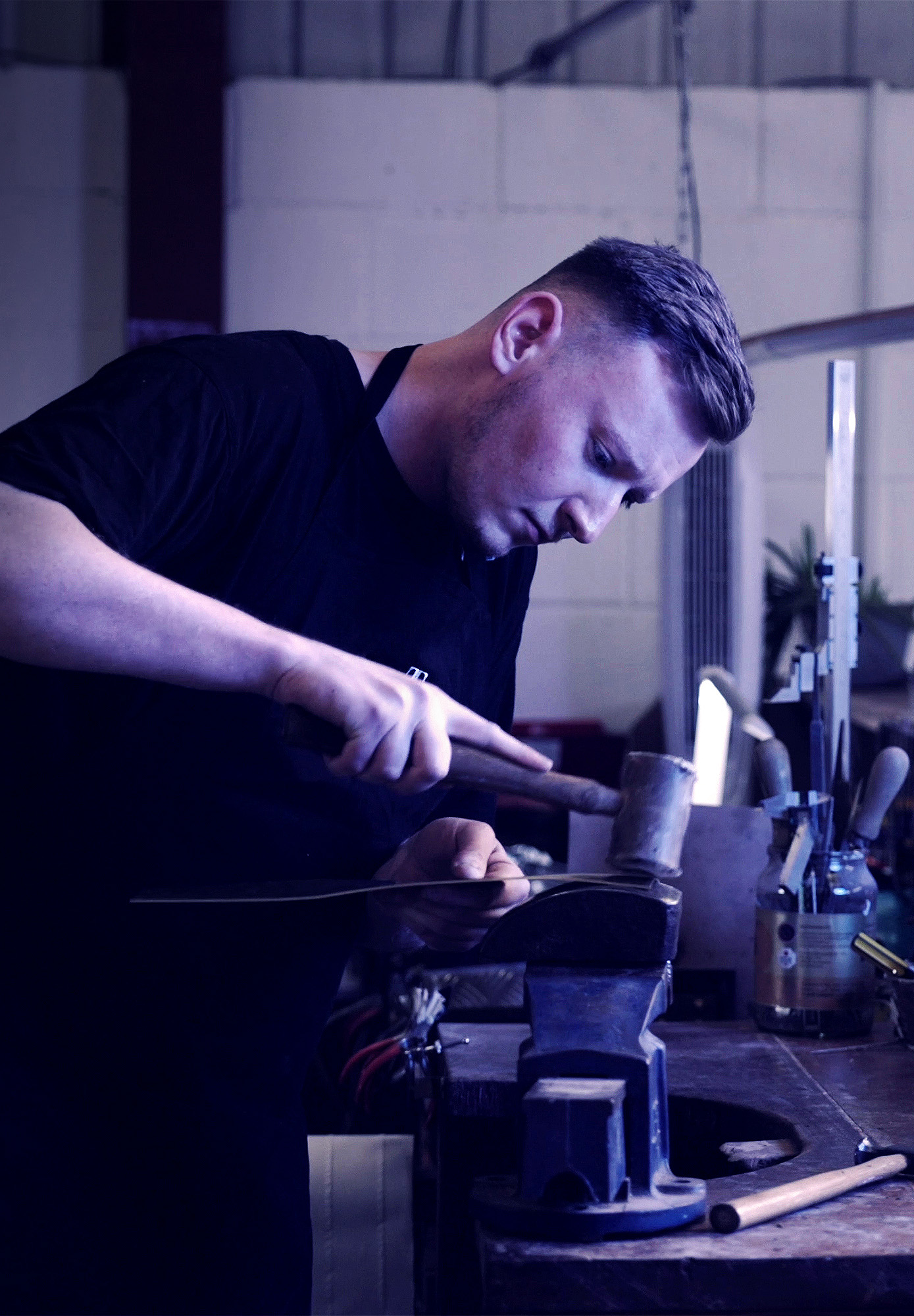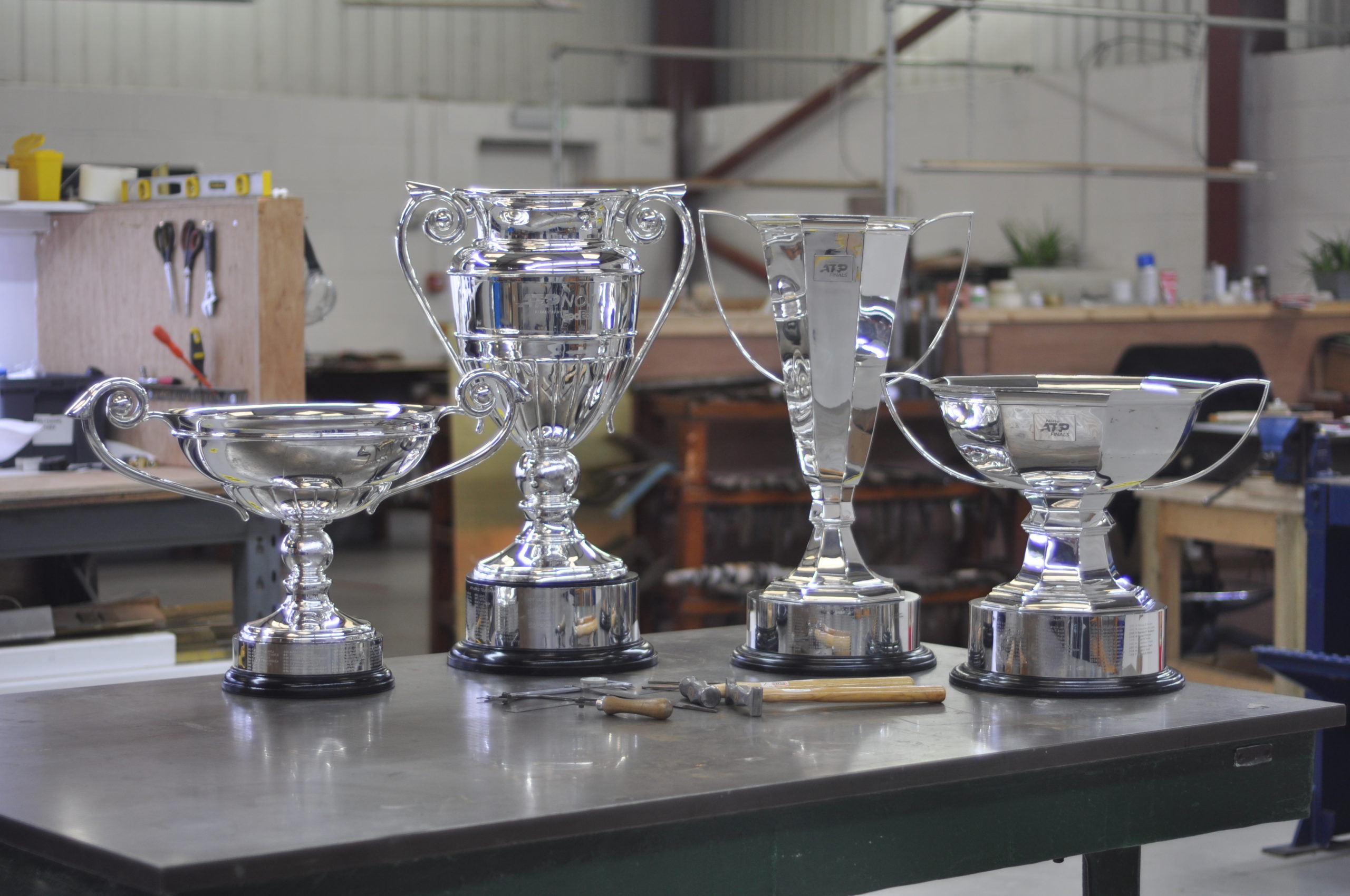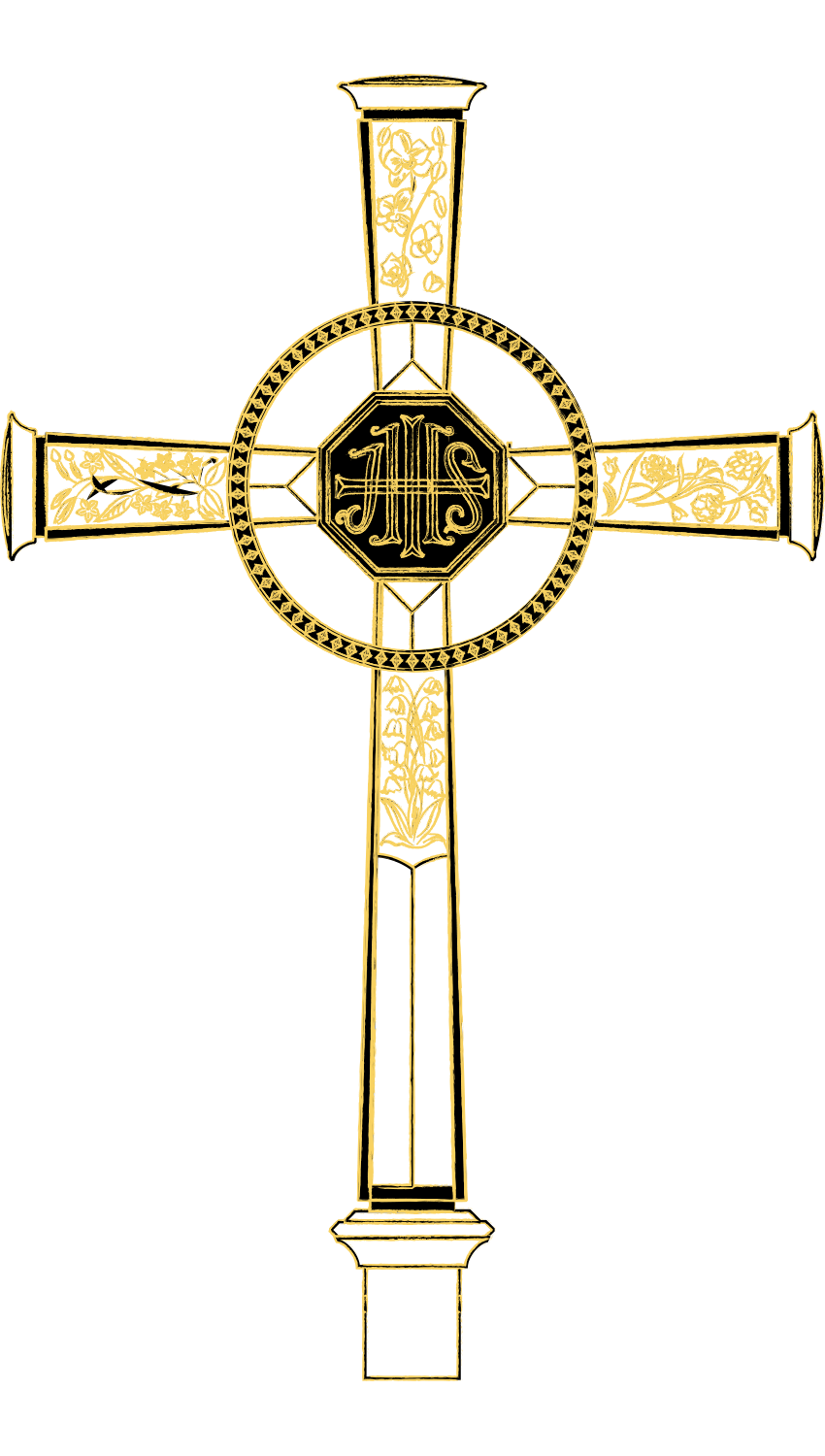The Christogram
One of the most striking features of the cross, is the Christogram ‘IHS’ device, a monogram and a Latin acronym for Jesus Hominum Salvator – Jesus Savior of Mankind. Notably, the mould for this symbol was created using leading edge technology and the latest techniques in 3D-printing.
The 70 diamonds
A stunning highlight of the Cross design is a circular ring sitting at the center of the crucifix, that is decorated with 70 lozenges representing the years of Her Majesty’s reign. Each diamond lozenge was delicately cast in sterling silver and spaced equally around the ring’s circumference, which required a balance of both engineering and master goldsmithing skills.
The chased flowers
Each arm of the cross has been created from seven individual pieces of sterling silver scored and shaped by hand, and ultimately silver-soldered together. Each formed arm has been beautifully highlighted with hand drawn and hand chased flowers of the four nations of Britain. The processional cross, therefore, perfectly reflecting the design of the coronation dress that inspired it.
![baton of hope mike mccarthy recieves baton from Thomas Lyte]() A Symbol of Hope for the UK
A Symbol of Hope for the UK![Designers Makers Of The Queen Elizabeth II Platinum Jubilee Processional Cross 3 1306x1800]() Culture Round-Up: 2022 and the Queen Elizabeth II Processional Cross
Culture Round-Up: 2022 and the Queen Elizabeth II Processional Cross